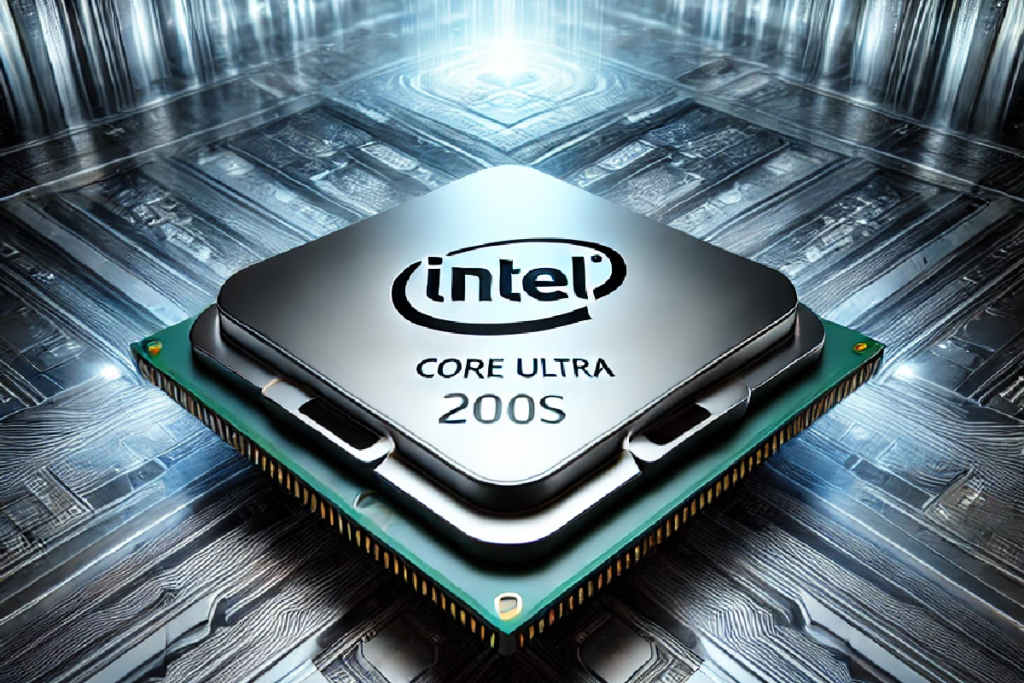NASA has announced plans for two upcoming spacewalks outside the International Space Station (ISS), aiming to continue its tradition of maintaining and upgrading the station’s capabilities. These spacewalks are critical for ensuring the ISS remains a state-of-the-art facility for scientific research and international collaboration. This blog post will delve into the details of the scheduled spacewalks, their objectives, and the broader significance of these missions for space exploration and research.
Details of the Spacewalks
NASA has set the dates for two spacewalks, which will involve astronauts stepping outside the safety of the ISS to perform a series of tasks. High-volume keywords: “NASA spacewalk,” “International Space Station,” “spacewalk schedule.”
Dates and Astronauts
The spacewalks are scheduled for August 24 and September 2, 2024. NASA astronauts Tom Marshburn and Kayla Barron will be leading the efforts, utilizing their extensive training and expertise to carry out the mission objectives.
Objectives
The primary goal of these spacewalks is to continue the ongoing upgrades to the ISS’s power system. This includes installing new solar arrays, known as ISS Roll-Out Solar Arrays (iROSAs), which are designed to increase the station’s power generation capability by up to 30%. Additionally, the astronauts will conduct routine maintenance and inspections to ensure all systems are functioning optimally.
Importance of the Spacewalks
These spacewalks are vital for several reasons, ranging from immediate operational needs to long-term scientific and exploratory goals. High-volume keywords: “space station maintenance,” “ISS upgrades,” “solar array installation.”
Enhancing ISS Capabilities
The installation of the new solar arrays will significantly boost the ISS’s power supply, enabling it to support more scientific experiments and technological demonstrations. This enhancement is crucial for the continuous advancement of space science and technology.
Ensuring Safety and Longevity
Routine maintenance and inspections help identify and address potential issues before they become critical. By keeping the ISS in optimal condition, NASA ensures the safety of the crew and the longevity of the station, which has been orbiting Earth for over two decades.
Broader Implications for Space Exploration
The success of these spacewalks has far-reaching implications for future space missions and the broader field of space exploration. High-volume keywords: “future space missions,” “space exploration advancements,” “NASA space research.”
Preparing for Deep Space Missions
The skills and technologies developed during these spacewalks are directly applicable to future missions beyond low Earth orbit, including those to the Moon and Mars. The ability to perform complex tasks in the harsh environment of space is a critical component of deep space exploration.
International Collaboration
The ISS represents a collaborative effort involving multiple space agencies, including NASA, ESA, Roscosmos, JAXA, and CSA. These spacewalks underscore the importance of international cooperation in achieving ambitious space exploration goals and advancing scientific knowledge.
Conclusion
NASA’s upcoming spacewalks are a testament to the ongoing commitment to maintaining and enhancing the International Space Station. These missions not only ensure the ISS remains a premier platform for scientific research but also pave the way for future space exploration endeavors. As we look forward to these spacewalks, the dedication and expertise of the astronauts and the support teams on Earth continue to inspire and drive the quest for knowledge and discovery in space.


